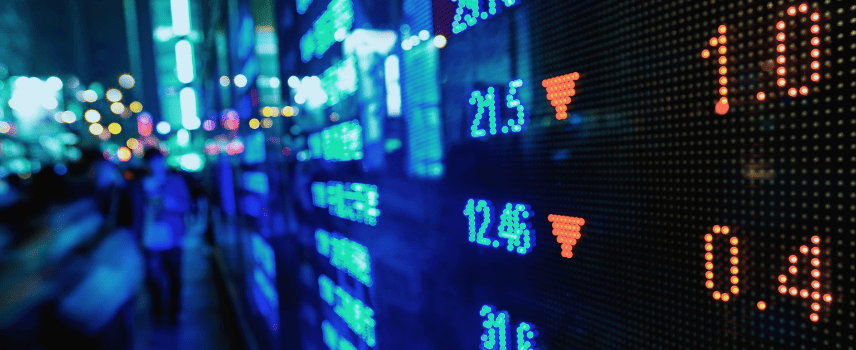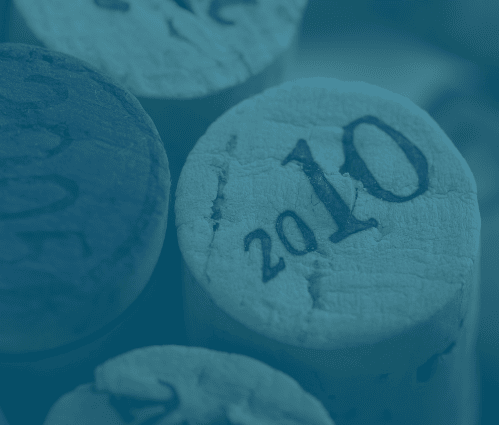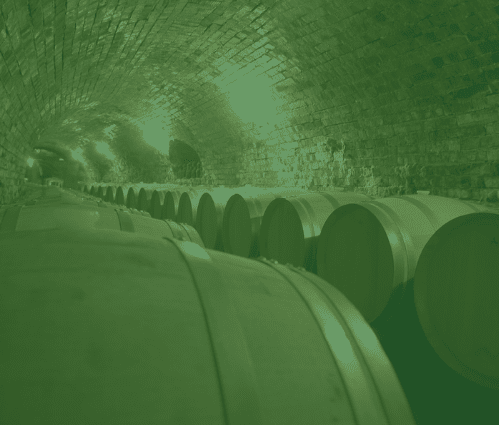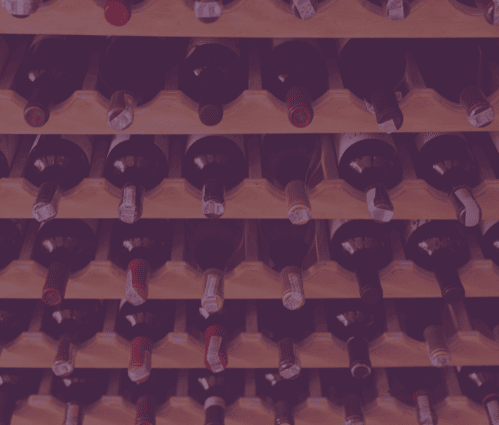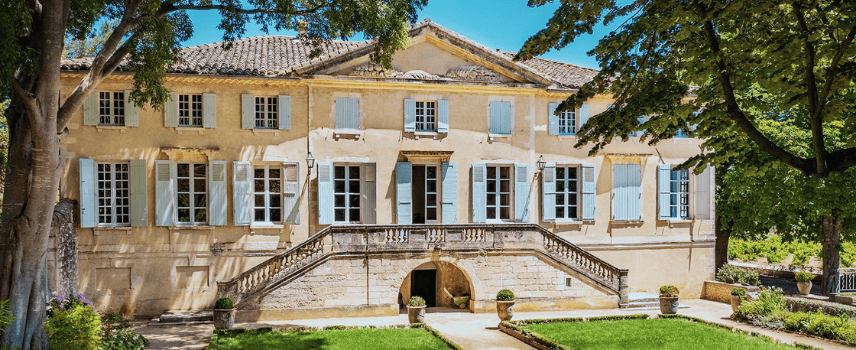As alternative assets go, fine wine is one of the most vibrant and exciting on the market. Not only does it add depth and passion to an investment portfolio, but it can deliver extraordinary returns too. Experts recommend allocating between 1 – 2% of an overall portfolio to this intriguing asset class[1]. And among the super wealthy high net worth individuals, the proportion is anticipated to be even higher[2].
Here are seven compelling benefits to consider investing in fine wine:
1. Impressive potential for returns
Investors should always remember that there are no guarantees, and historical returns do not mean future ones. But it’s hard to ignore the impressive and steady performance of the fine wine markets.
Overall, the fine wine market has enjoyed a compound annual growth rate (CAGR) of 12.6% since 1988[3]. Another report by Knight Frank that fine wines had increased in value by a staggering 127% over the past decade[4]. And it’s showing no signs of slowing. Already within the first months of 2022, fine wines outperformed all other major markets, except commodities[5]. What’s more, experts are optimistic for the future. Burgundy wines and Champagne have particularly flourished over recent months. And – as adverse weather and climate change impacts the creation of new wine[6] – these vintages are likely to become ever more sought-after.
2. Powerful inflation-beating properties
Today’s market is overheating. And as central banks frantically increase interest rates in a bid to slow down inflation, it shows no sign of cooling. In May 2022, the Bank of England warned Britain to brace itself for inflation levels to rise above 10% – the highest since 1988[7]. This leaves traditional stocks and bonds investors feeling nauseous. The markets are staggering, with cash and debt instruments on the edge of plummeting.
Meanwhile, those assets such as gold, art or fine wines which have inflation-beating properties are in demand. This could make it an excellent choice for concerned investors.
3. An exceptional diversifier
Nobel Prize laureate, economist Harry Markowitz famously quipped that diversification is the only “free lunch” in investing[8]. This is the process of spreading wealth across many different investments to take advantage of market opportunities while shielding against turbulence. Diversification doesn’t just mean investing in different asset types, sectors, or geographical locations though. Crucially, it also means investing in assets with different income sources and value drivers. Or to put it another way, the value of some assets should be uncorrelated to the stock market.
This is often a stumbling block for investors. How can you invest in an asset that’s uncorrelated or even negatively correlated to the stock market? Whether it’s tech companies in the US, or renewable energy plants in Europe, most assets are all impacted by the same market events. However, fine wine is different. The value of fine wine is determined by a completely unrelated set of criteria to publicly-traded stocks or bonds.
Some of these value-drivers are unique to the bottle. The wine-making technique, region, weather, year, packaging, storage, age and more all play a part. While the supply and demand factors are generally kept within a niche and exclusive circle of connoisseurs. This makes fine wine a truly exciting diversifier, akin to art. During the 2020 pandemic and recession, for example, the value of fine wines increased by a whopping 13%[9]. This highlights a powerful negative correlation to the wider market performance.
For forward-thinking investors, fine wine could just be the strategic hedge against market volatility they’ve been looking for.
4. A refreshingly tangible investment
In a world filled with bitcoin, the metaverse and crypto-assets, an investment you can touch is a breath of fresh air. Physical assets like gold, property, or fine wines can feel extremely reassuring during periods of market turbulence – which becomes reflected in their value.
Tangibility is one of the most significant benefits and differentiators of fine wine as an asset. While the costs of storage and insurance can eat into returns, it’s a small price to pay for the durability of the asset. After all, companies can collapse, rendering their shares and stock options useless. Inflation can eat away at cash or debt. And companies or governments can default on their loans, and file for bankruptcy. Electronic shares are only real if they exist on a screen.
But, regardless of the economy outside, a premium bottle of fine wine still be there. It will still be a desirable and solid asset which becomes better and rarer over time.
5. Fine wine is exempt from Capital Gains Tax
Fine wine falls into a curious tax bracket. As it is deemed by the HMRC to have a useful economic life of 50 years or less, it’s known as a “wasting chattel” or a “wasting asset”. While this may not sound flattering to the purveyors of fine wines, this unsightly name is really a blessing for investors. It means returns from these assets are free from costly Capital Gains Tax (CGT) – currently set at 20% for all annual income after £12,300.[10] This is a major benefit of fine wines and can seriously boost returns for investors.
If the wine is considered to have a life of more than 50 years, some CGT may apply, but it’s still somewhat shielded from the full hit. Tax is payable only for returns of more than £6,000. This is a significant perk for investors which could more than compensate for storage and insurance costs. Find out more about fine wine taxation.
6. More room for price negotiation
More than one million trades[11] are made on the London Stock Exchange every single day. With so many people jostling to buy and sell shares, this makes the public investment markets extremely efficient. Whatever price a stock has at any moment of time is probably exactly what it’s worth, according to thousands of investors. Because of this, it’s almost impossible to get a bargain in the short-term. Instead, investors need to buy at a pre-determined price and wait until the asset appreciates or depreciates.
With fine wine, the process of buying and selling is completely different. And unless, you’re investing with an index fund or something similar, you’ll likely find yourself at exclusive auction houses or negotiating a sale privately. Just like buying a property or bidding online, this opens the possibility of getting a better price than you expected.
7. Support a much-loved industry
It’s no coincidence that fine wines are known as “passion assets”. Investors who want to do more than simply generate financial returns often turn to this unique world because of its vibrant industry and exclusive inner-circle.
Being part of this group of investors means supporting a sector steeped in history and culture. It means putting value on true quality and appreciating some of the finest craftsmanship in the world. It is the only asset class that you can sip and savour, bringing exquisite flavours and exceptional taste to your portfolio.
Interested to learn more …?
Incorporating fine wine into a diversified investment portfolio could be a tasteful way to; boost returns, enhance diversification, shield against inflation, benefit from tax perks and even support an industry steeped in culture. If you’d like to learn more about the fascinating world of wine investments, download our complimentary guide.
[1] Source : Honest Grapes
[2] Source : Alt Class
[3] Source : Liv-ex
[4] Source : Knight Frank
[5] Source : Liv-ex
[6] Source : The Drinks Business
[7] Source : The Guardian
[8] Source : NetWealth
[9] Source : Knight Frank
[10] Source : HMRC
[11] Source : Statista

